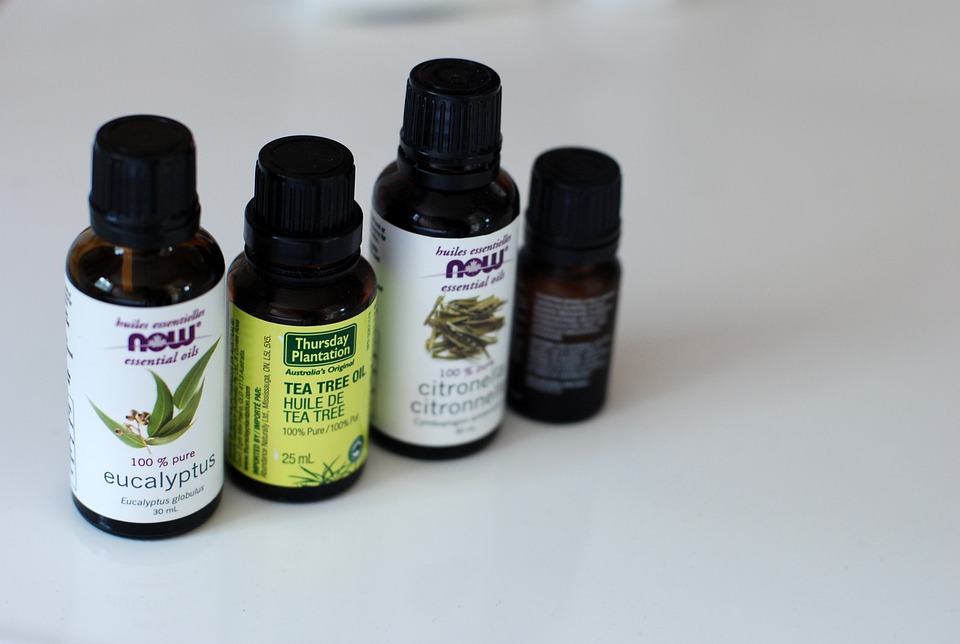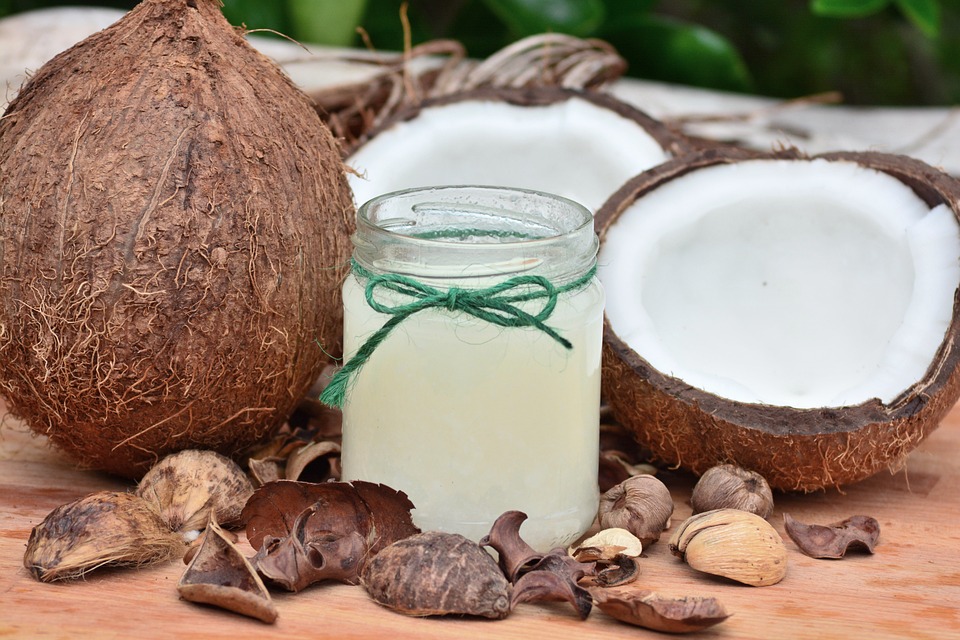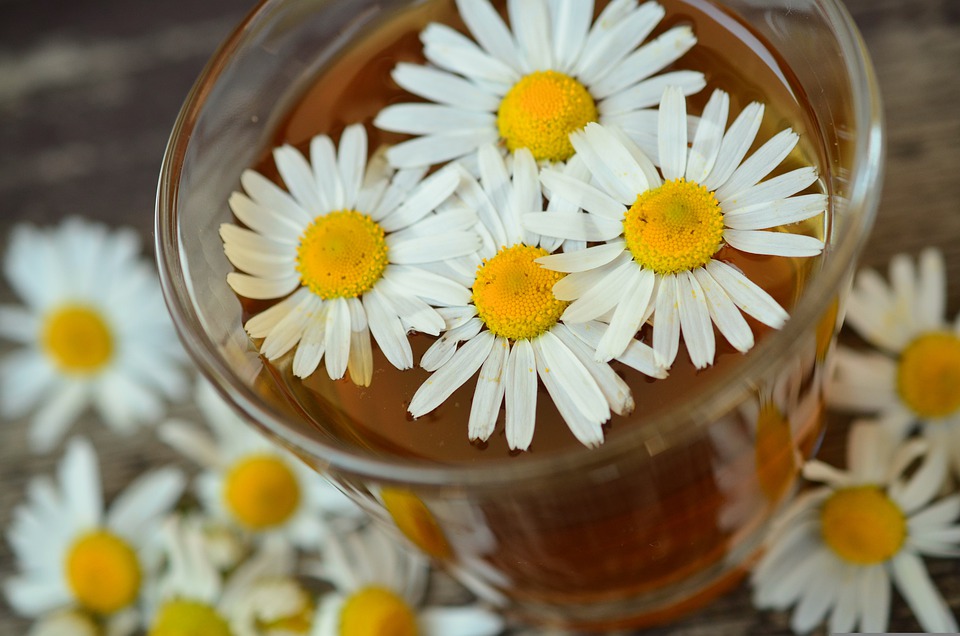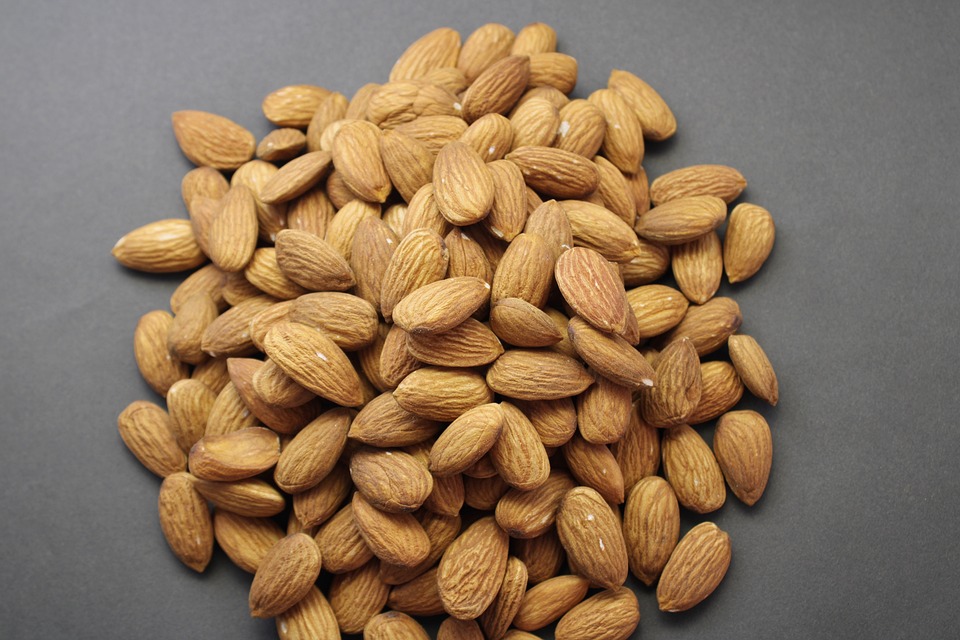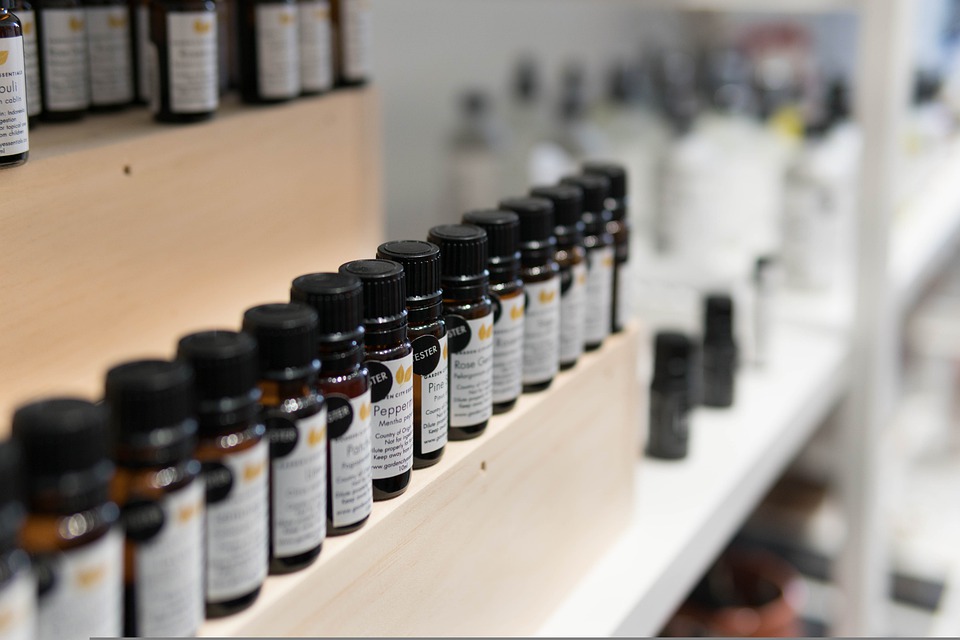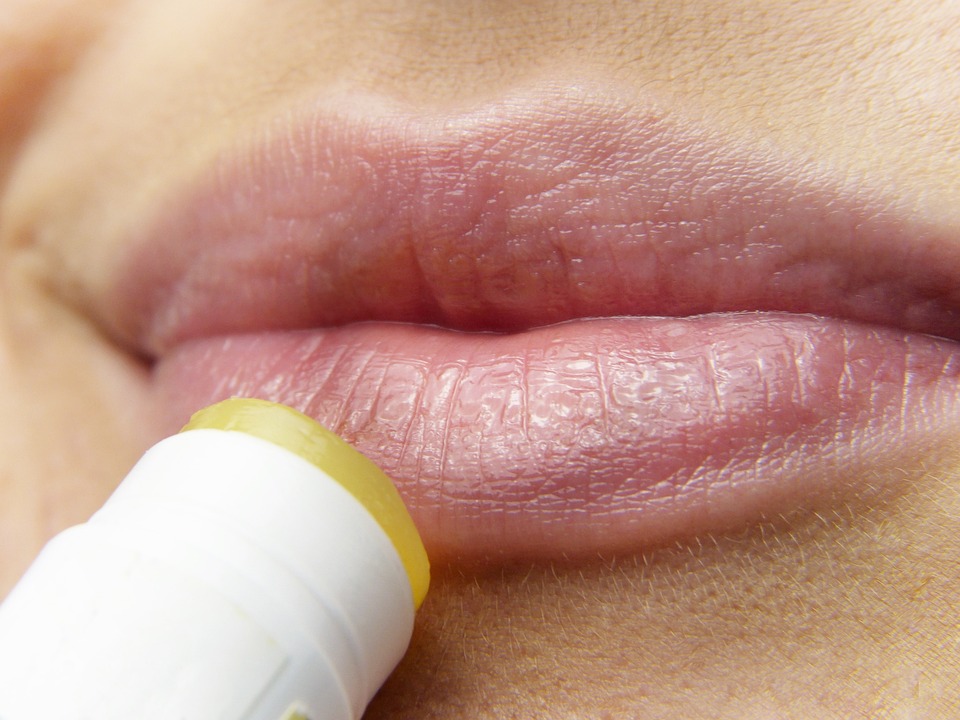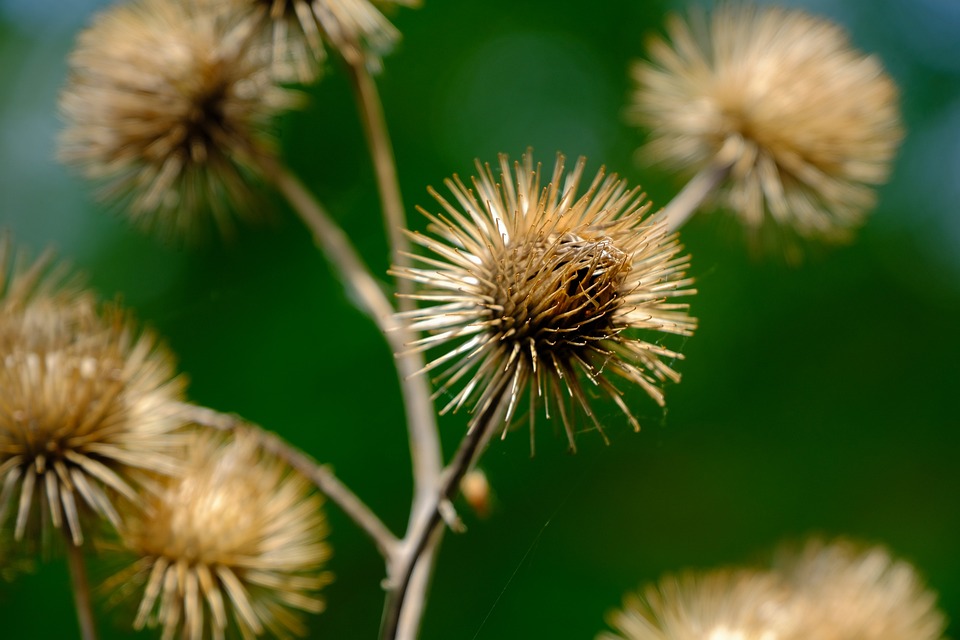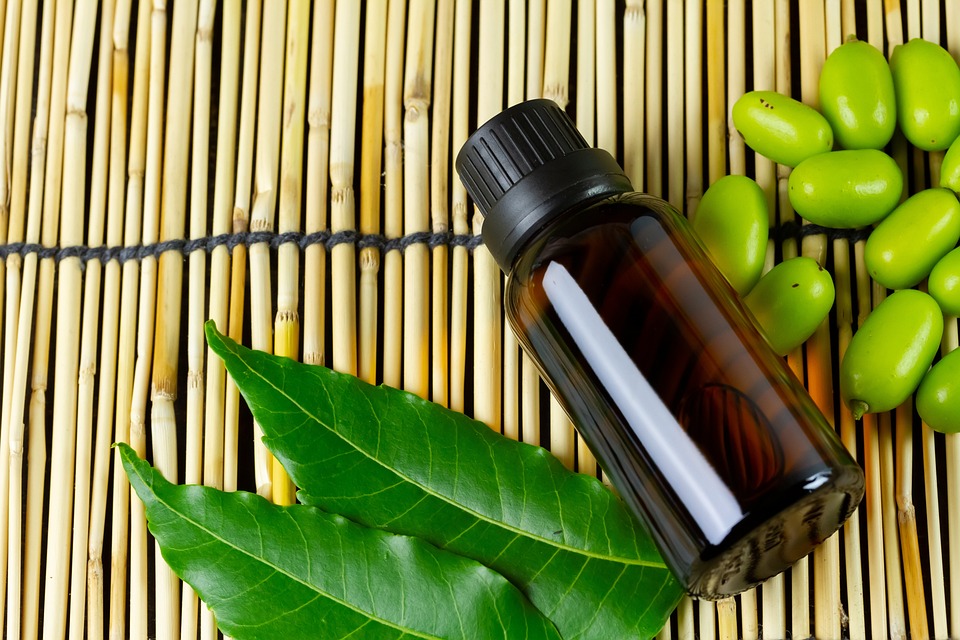
Since antiquity, neem has been renowned for healing. The most ancient Sanskrit medical documents discuss the advantages of consuming the various parts of the tree, such as fruit, seeds, oil, leaves, roots, and bark. These treatments have been employed for a long time in Indian Ayurveda and Unani medicine. For thousands of years, millions of people from Asia have incorporated neem into their medical practices. Moreover, in regions where the tree has been brought in recently, like South and Central America and the continent of Africa, it has been recognized as a beneficial remedy for different illnesses.
At present, its greatest and most commonly accepted purposes are rooted in the fact that it works as a great disinfectant. It is said that using Neem-based products is beneficial in treating a variety of skin conditions, including infected cuts, sores, and burns. Using the leaves as plasters or brews is also advised for treating boils, abscesses, and forms of inflammation of the skin. Oil can be used to treat skin conditions such as scrofula, non-healing ulcers, and ringworm.
It has been claimed that more illnesses can be treated, but this has not been corroborated by tests conducted in a regulated environment. Despite this, there are some fascinating signs that neem could be used on a much bigger scale in the future. These potentials, yet untested, uses include reducing inflammation, lowering blood pressure, and curing ulcers.
Below is an overview of the outcomes of recent medical and veterinary research.
Fungicides
It has been demonstrated that neem is successful in combating specific fungi that cause infections in humans. These types of fungi are more and more of a struggle and have been hard to manage with manufactured fungicides. For example, in one laboratory study, neem preparations showed toxicity to cultures of 14 common fungi, including members of the following genera:
- Trichophyton—an “athlete’s foot” fungus that infects hair, skin, and nails;
- Epidermophyton—a “ringworm” that invades both skin and nails of the feet;
- Microsporum—a ringworm that invades hair, skin, and (rarely) nails;
- Trichosporon—a fungus of the intestinal tract;
- Geotrichum—a yeast-like fungus that causes infections of the bronchi, lungs, and mucous membranes; and
- Candida—a yeast-like fungus that is part of the normal mucous flora but can get out of control, leading to lesions in the mouth (thrush), vagina, skin, hands, and lungs.
Antibacterials
In trials, neem oil has suppressed several species of pathogenic bacteria, including:
- Staphylococcus aureus. A common source of food poisoning and many pus-forming disorders (for example, boils and abscesses), this bacterium also causes secondary infections in peritonitis, cystitis, and meningitis. Many strains are now resistant to penicillin and other antibiotics, one reason for the widespread occurrence of staphylococcal infections in hospitals.
- Salmonella typhosa. This much-feared bacterium, which lives in food and water, causes typhoid, food poisoning, and a variety of infections that include blood poisoning and intestinal inflammation. Current antibiotics are of only uncertain help in treating it.
However, neem has many limitations as an antibiotic. In the second test, there was no evidence of neem having any antibacterial effects on a selection of bacteria, including Citrobacter, Escherichia coli, Enterobacter, Klebsiella pneumoniae, Proteus mirabilis, Proteus morgasi, Pseudomonas aeruginosa, Pseudomonas EO1, and Streptococcus faecalis.
There are many interesting stories from India about the virus-fighting properties of neem. It is widely accepted, particularly by those with extensive medical knowledge, that it is very effective against pox viruses. A mixture of neem leaves has historically been employed to medicate smallpox, chicken pox, and warts, with the paste typically being directly smeared onto the affected area.
Research has indicated that there could be a genuine biological foundation for vaccinating against smallpox, chicken pox, and fowl pox. Neem extracts were able to take in the viruses, which kept them from invading cells that hadn’t been affected. Once the cell had already been infected, there was no way to impede the virus. Thus neem was effective prevention, but not a cure.
Latest medical trials indicate that neem leaves contain anti-viral properties. These initial findings have yet to be validated, however, they are captivating. Evidence reveals that, in America, a liquid mixture composed of neem leaves has produced a limited to modest inhibition effect on the hepatitis B virus’s DNA polymerase. In Germany, a solution of ethanol and neem-kernel extract has been demonstrated to be successful against the herpes virus. It appeared that crude extracts were efficient at restraining some plant viruses and thus forestalling contamination in horticultural studies.
Dermatological Insects
It is understandable that neem is often used to eliminate maggots and head lice due to its insect-killing abilities. In Haiti, for example, mashed leaves are applied to open sores that have been colonized by maggots. In India and Bangladesh, locals rub neem oil into their hair to get rid of head lice and have reportedly had extremely good results.
Dental Treatments
As previously mentioned, millions of individuals in India and Africa rely on twigs to clean their teeth daily. For many the twig is neem. Dentists have given their approval to this old technique, demonstrating that it is a successful way of decreasing periodontal disease. It is not known if the advantage comes from gum rubbing routinely, averting tartar accumulation, the normal antiseptic property of neem, or all three of these.
It is common to observe people in rural areas of South Asia and Africa employing neem twigs as throwaway toothbrushes. Investigations have determined that neem sticks embody antiseptic components and they can keep teeth and gums in good condition.
As previously mentioned, a German firm utilizes neem (specifically, Pulverized tree bark) as the major component in toothpaste and other dental care items. The evidence suggests that neem bark can successfully prevent as well as treat gum inflammations and periodontal disease.
Chagas’ Disease
Claims have been made those elements taken from neem may have an impact on the kissing bugs that spread the dreaded Chagas disorder. Instead of murdering the insect, they administer an “immunization” to make it impervious to any parasites that may inhabit it during its life cycle. The findings may suggest how to handle this serious health issue in Latin America, although providing neem materials to these small parasites in rural shacks is likely impractical in reality.
The study carried out in both Germany and Brazil revealed that when the bugs were fed neem, not only did the parasites living on them die, but the young were prevented from molting and the adult bugs from multiplying due to azadirachtin.
The researchers discovered that azadirachtin is not effective at killing the parasite since they administered azadirachtin and the parasite still remained capable of transmitting infection. The experts indicate that the insect expels the majority of the azadirachtin within only a few minutes of ingesting it.
Despite only a short amount of time, azadirachtin interferes with the complicated host-parasite relationship. The study’s head researcher stated that the insect has undergone such a drastic modification that it has become unattractive and unsuitable for the parasite to inhabit.
It has always been very challenging to manage organisms such as trypanosomes. Similar to the AIDS virus, they frequently “alter their disguise,” thus producing vaccines against them is extremely challenging. It is yet to be seen if neem will be the answer for controlling this parasite, but it could at least be a useful tool for exploring the terms of the association between the host and the pervasive pathogen that it conveys to countless individuals.
Malaria
For centuries, the use of Neem as an oral medicine has been utilized by those proficient in the Indian Ayurveda medicine system to treat malaria in patients. Evidence of Neem’s beneficial effects against malaria has been found in texts dating back to 2000 BC and 1500 BC. In countries such as Nigeria and Haiti, people consume teas brewed from neem leaves to fight off malaria.
Previous studies had been unable to demonstrate that neem-based substances could have an impact on the malaria organism Plasmodium falciparum. And it was not for want of trying. Various groups researching antimalarials repeatedly tested neem. The findings from experiments conducted on infected mice, ducks, and chickens were irregular and typically unsuccessful.
It appears that the failures from before may be due to incorrect collection methods. Certain derivatives of neem leaves and seeds have been demonstrated to effectively oppose the malarial pathogen, and the design of one of its active elements has been figured out. This compound, gedunin, is another limonoid. It is reported to be able to combat malaria in cell cultures as effectively as quinine.
It was recently noted in India that substances taken from the ethanol extract of neem leaves and seeds had the power to battle chloroquine-sensitive and chloroquine-resistant varieties of the malaria parasite. The most powerful suppressant of parasites in 72 hours was demonstrated to be the ethanol extract of neem leaves and the medium-polar extracts of neem seeds, although all the different tests offered some form of suppression.
Despite being early findings, these appear to point to a potentially beneficial field of investigation. Malaria is regaining ground in regions where it was previously eradicated during the early 2000s. Roughly 110 million cases of the virus are reported each year, leading to as many as 2 million fatalities. There is an increasing difficulty with treatments that follow the traditional approach becoming ineffective.
Ways To Use Neem Oil For Skin, Hair & In The Home
1. Condition Dry Skin
Neem oil is a great solution for skin irritations, especially for dry skin on areas of the body which are typically washed often and are exposed to the elements, like the face, hands, and feet. Due to its aversion to water, neem oil is unable to blend with H2O and keeps dampness sealed when used as a thin coating on the skin. Neem oil is effective against being removed from the skin during washing, even when trying to get rid of dirt and greasy build-up.
Neem oil is so strong that applying it in its purest form can cause irritation and its unpleasant smell may be off-putting. Rather than using neem on its own, mix it with coconut oil, then add a few drops of lemon or lavender essential oil to make it more aesthetically pleasing and more pleasant to smell.
2. Control Acne
Acne can be caused by the excessive creation of sebum from the skin glands due to reproductive hormones, but it can generally become worse with the growth of bacteria within the hair follicles. Even with tiny amounts, frequent application of neem oil can effectively stop bacteria from expanding and is a much better substitute compared to antibacterial cleansers, lotions, and creams which frequently include toxic substances.
Neem oil has the ability to decrease inflammation, as well as minimize the irritation, soreness, and prickling which can come with acne. The high concentration of fatty acids in this oil aids in the healing of skin damaged by acne and reduces the chances of forming scars or pits.
Heat up a teaspoon of either coconut oil or olive oil and combine it with 10 drops of non-heated, pure neem oil. Put the concoction on your face and rinse it off an hour later, or if you feel like your skin is able to withstand it, you can leave it on overnight.
3. Relieve Eczema and Psoriasis
Eczema is a condition caused by allergens from the outside world, while psoriasis is an illness arising out of the body’s own immune system. It is not possible to use neem oil to treat either of the ailments, however, it is helpful in minimizing the inflammation caused by them. Creating a protective barrier on the afflicted region can prevent the skin from drying out and thus soften it.
Continual scratching of the problem area of the skin usually leads to cuts and scrapes that can serve as a place for bacteria to live and expand the skin condition. Neem oil can effectively prevent such complications.
4. Reduce Skin Pigmentation
An excess of melanin in certain parts of the skin can damage the appearance of the skin. By utilizing neem oil regularly, it can lower the amount of melanin production, which then diminishes areas of hyperpigmentation. Applying oil to small areas with a cotton bud soaked in the liquid may be enough. Test the sensitivity of your inner arm before applying the undiluted oil to the face or neck.
5. Counteract the Ill Effects of Sun Exposure
The sun emits ultraviolet radiation that can cause a great deal of damage to the skin, not just generating painful inflammation. Ultraviolet radiation passes through the top layers of the skin and damages the collagen beneath. It leads to the creation of small wrinkles which give the skin an aged appearance. This is referred to as photo-aging, and it is just as real as the natural aging process.
UV radiation may also generate free radicals in the epidermis, which may have the potential to cause skin cancer. When you plan to be outside, you should be careful to protect yourself, but it’s possible that you could still get sun exposure accidentally. Neem oil can be an excellent post-exposure remedy. The oil’s anti-inflammatory feature can decrease irritation and swelling on the skin, the antioxidants it contains can handle the free radicals and the essential fatty acids may help restore the collagen level in some way.
6. Pest Control Inside the Home
Domestic insect pests, such as ants and cockroaches, can be difficult to get rid of without using harsh chemicals. However, neem oil is a great, chemical-free alternative for those who don’t want to use systemic poisons. Dab neem oil onto cotton balls and then rub them around doorways, windows, and other points of entry as an effective pest deterrent for your residence. A few cotton balls soaked in essential oil can be left in kitchen cupboards, drawers, and cabinets to drive away insects.
It is noteworthy that neem oil, although toxic to bugs, does not hurt people. The selective nature of this biological insecticide can be attributed to its special mode of operation. Neem oil does not have the same effect as many insecticides do, as it does not immediately terminate the life of the bug when it is applied. The compound interferes with the hormones controlling the growth and development of insects, preventing them from molting and disrupting the natural sequence of events that occur during their maturation. Neem oil has the ability to prevent insects from eating and eventually lead to their demise through starvation. Intestinal worms are also impacted in a similar way.
7. Control Mold and Mildew
Mold and mildew in the home can result in serious health issues including difficulties in breathing and drastic immune system responses that can be crippling, if not potentially fatal. Neem oil can be used to advantage in the household to help prevent fungus. Combine it with liquid cleansers and apply it to places that tend to have mold growth. Incorporate a few drips of leather cleaner when buffing leather sofas and baggage.

